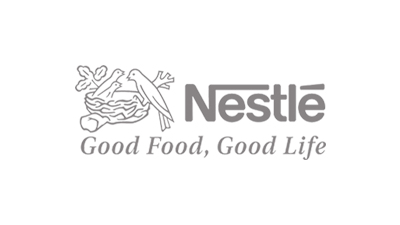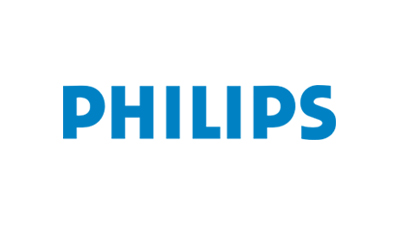BOPA film, made of nylon 6, is used in the packaging solutions in various industries. BOPA has a very high tensile strength, anti-puncture strength, excellent flexibility, resistance, resistance, high gas and aroma barrier properties, good transparency and gloss, excellent printability, a broad operating temperature range. Therefore, BOPA film is especially suitable for the packaging of perishable foods, frozen and cooked foods, vegetables, agricultural products and aquatic products packaging, medical supplies, electronic products packaging. Scope of the Report: This report focuses on the Biaxially Oriented Polyamide (BOPA) Films in global market, especially in North America, Europe and Asia-Pacific, South America, Middle East and Africa. This report categorizes the market based on manufacturers, regions, type and application. BOPA film, made of nylon 6, is used in the packaging solutions in various industries. BOPA has a very high tensile strength, anti-puncture strength, excellent flexibility, resistance, resistance, high gas and aroma barrier properties, good transparency and gloss, excellent printability, a broad operating temperature range. Therefore, BOPA film is especially suitable for the packaging of perishable foods, frozen and cooked foods, vegetables, agricultural products and aquatic products packaging, medical supplies, electronic products packaging. Referring to the concrete application, food industry has the largest market share, which accounted for 76.48% share in 2016. BOPA film can also be used in the household products packaging, the second largest consumption filed with the share of 16.25%. China and Japan are the major production bases of BOPA film currently. Besides, China is the largest production base of BOPA film presently. Some companies in China, like Xiamen Changsu, are actively expanding their capacity, indicating a promising demand. As for the consumption, China is also the largest consumer, who held 38.92% share in global consumption market in 2016. The follower is Japan, with the consumption volume of 52562 MT in 2016. Information revealed that Asia-Pacific will continue to be the key production and sales region of BOPA film in the coming years, providing huge support to the BOPA film industry. Unitika exited China market in 2016, which led to other suppliers in the industry gain greatly. Due to Unitika?s stopped production in China, the price of BOPA price surged in the year in China. The worldwide market for Biaxially Oriented Polyamide (BOPA) Films is expected to grow at a CAGR of roughly 5.7% over the next five years, will reach 2130 million US$ in 2023, from 1530 million US$ in 2017, according to a new GIR (Global Info Research) study. Market Segment by Manufacturers, this report covers Green Seal Holding Unitike Cangzhou Mingzhu Kolon DOMO Chemicals Tianjin Yuncheng Plastic Industry Biaxis AdvanSix A.J. Plast Toyobo Hyosung Mf-Folien FSPG Hi-Tech JK Materials Thaipolyamide Zidong Chemical Market Segment by Regions, regional analysis covers North America (United States, Canada and Mexico) Europe (Germany, France, UK, Russia and Italy) Asia-Pacific (China, Japan, Korea, India and Southeast Asia) South America (Brazil, Argentina, Colombia etc.) Middle East and Africa (Saudi Arabia, UAE, Egypt, Nigeria and South Africa) Market Segment by Type, covers Sequential Stretching Type Mechanical Simultaneous Stretching Type LISIM Simultaneous Stretching Type Market Segment by Applications, can be divided into Food Industry Household Products Pharmaceuticals Electronics Other There are 15 Chapters to deeply display the global Biaxially Oriented Polyamide (BOPA) Films market. Chapter 1, to describe Biaxially Oriented Polyamide (BOPA) Films Introduction, product scope, market overview, market opportunities, market risk, market driving force; Chapter 2, to analyze the top manufacturers of Biaxially Oriented Polyamide (BOPA) Films, with sales, revenue, and price of Biaxially Oriented Polyamide (BOPA) Films, in 2016 and 2017; Chapter 3, to display the competitive situation among the top manufacturers, with sales, revenue and market share in 2016 and 2017; Chapter 4, to show the global market by regions, with sales, revenue and market share of Biaxially Oriented Polyamide (BOPA) Films, for each region, from 2013 to 2018; Chapter 5, 6, 7, 8 and 9, to analyze the market by countries, by type, by application and by manufacturers, with sales, revenue and market share by key countries in these regions; Chapter 10 and 11, to show the market by type and application, with sales market share and growth rate by type, application, from 2013 to 2018; Chapter 12, Biaxially Oriented Polyamide (BOPA) Films market forecast, by regions, type and application, with sales and revenue, from 2018 to 2023; Chapter 13, 14 and 15, to describe Biaxially Oriented Polyamide (BOPA) Films sales channel, distributors, traders, dealers, Research Findings and Conclusion, appendix and data source
Table of Contents 1 Market Overview 1.1 Biaxially Oriented Polyamide (BOPA) Films Introduction 1.2 Market Analysis by Type 1.2.1 Sequential Stretching Type 1.2.2 Mechanical Simultaneous Stretching Type 1.2.3 LISIM Simultaneous Stretching Type 1.3 Market Analysis by Applications 1.3.1 Food Industry 1.3.2 Household Products 1.3.









